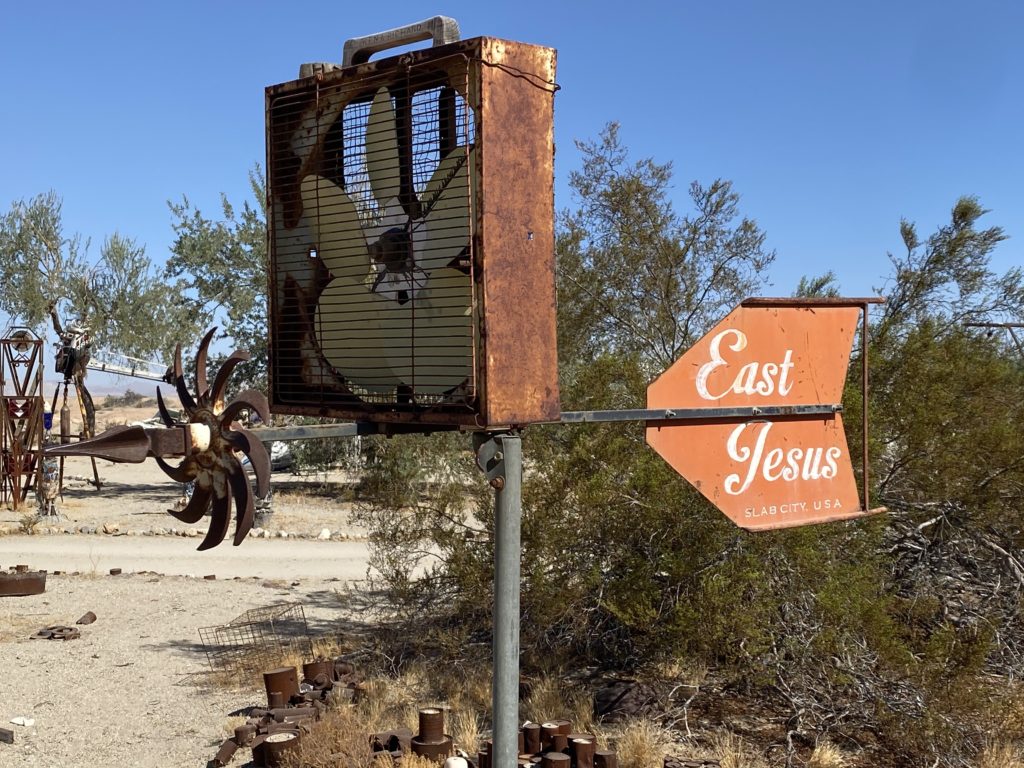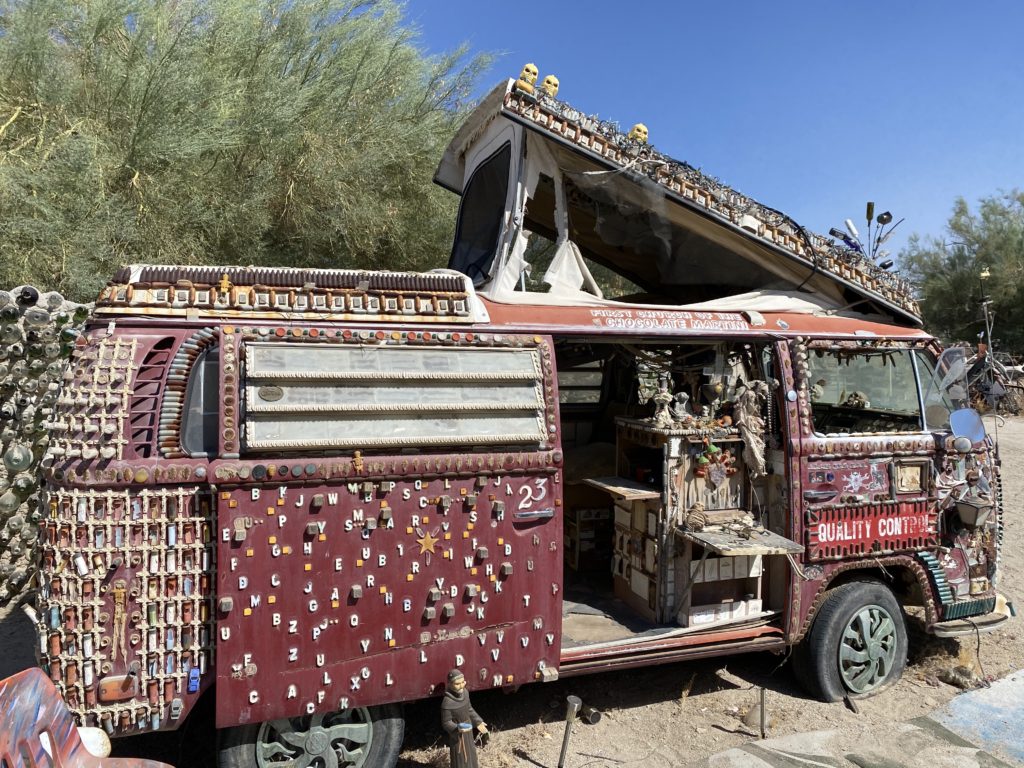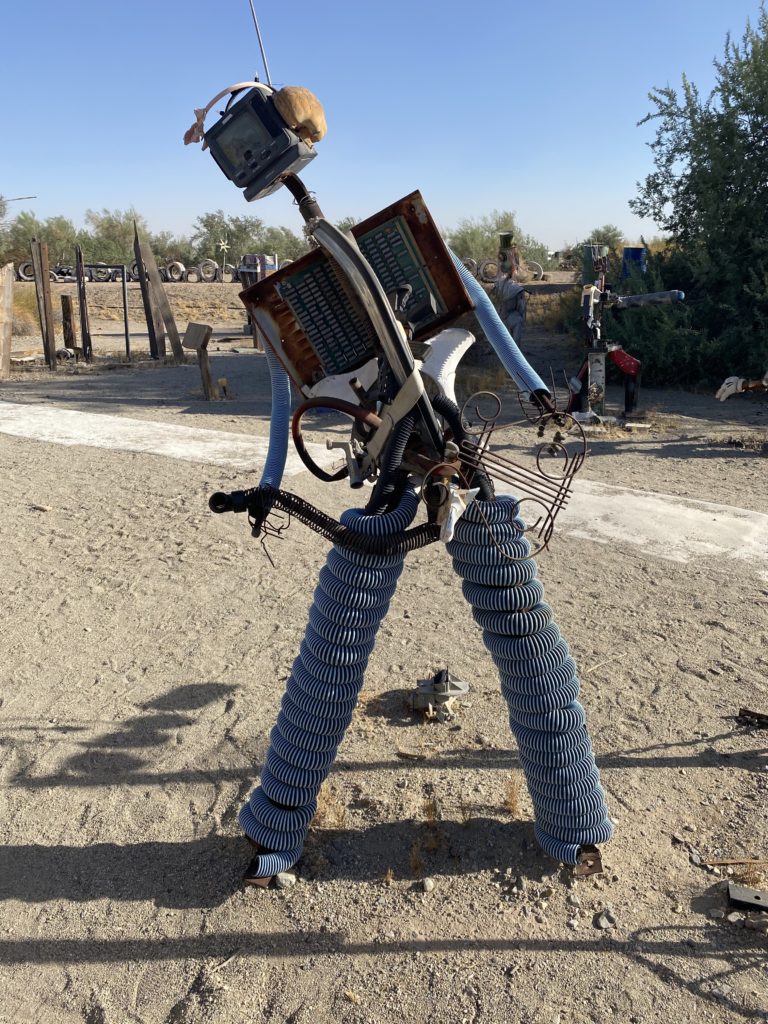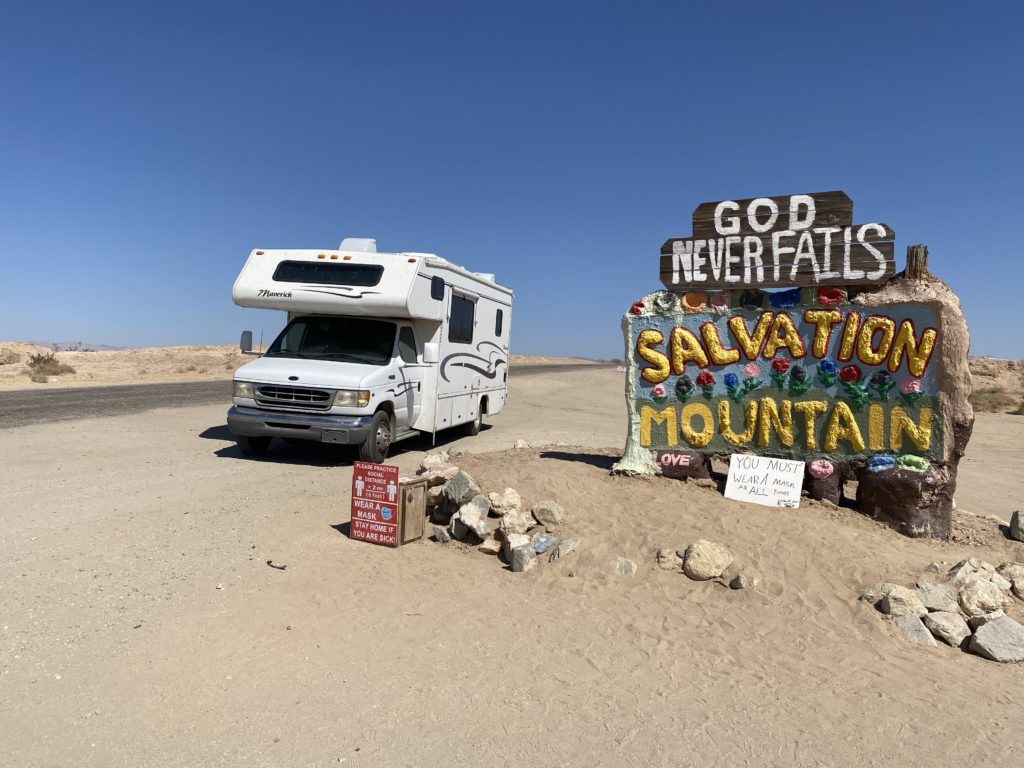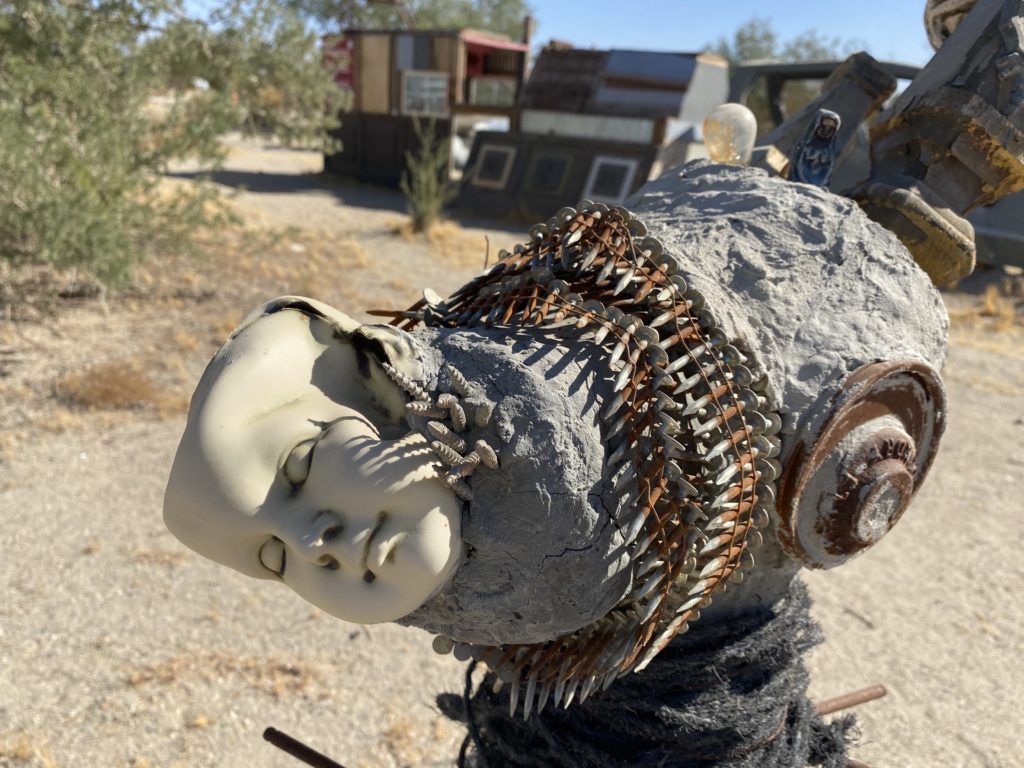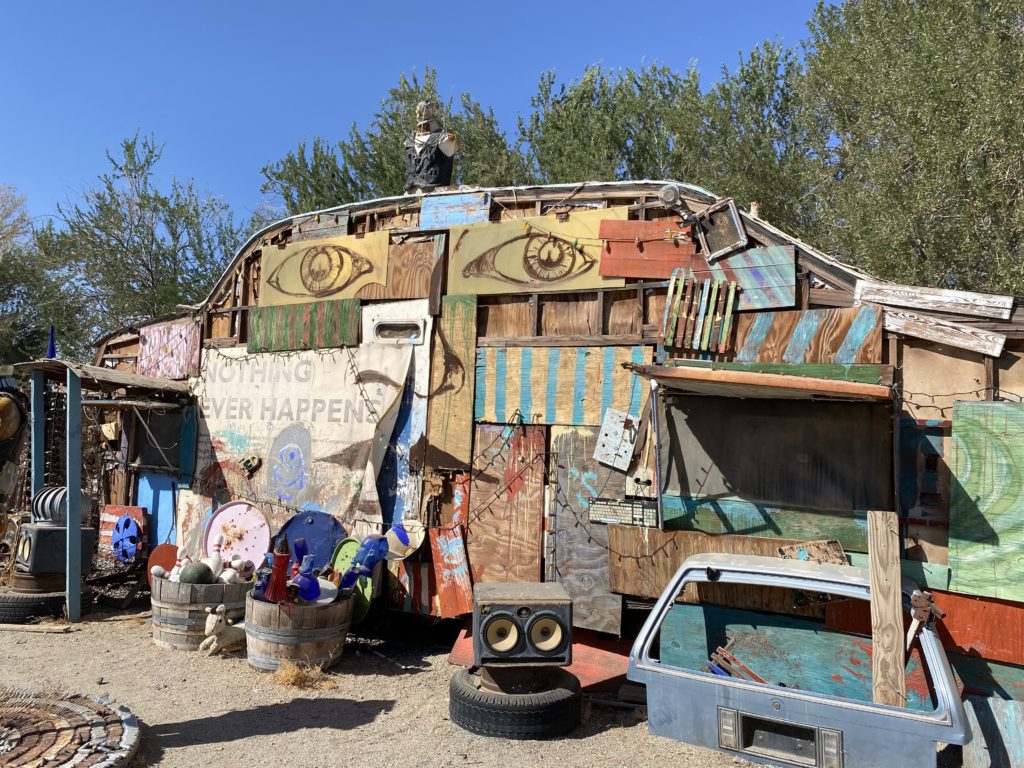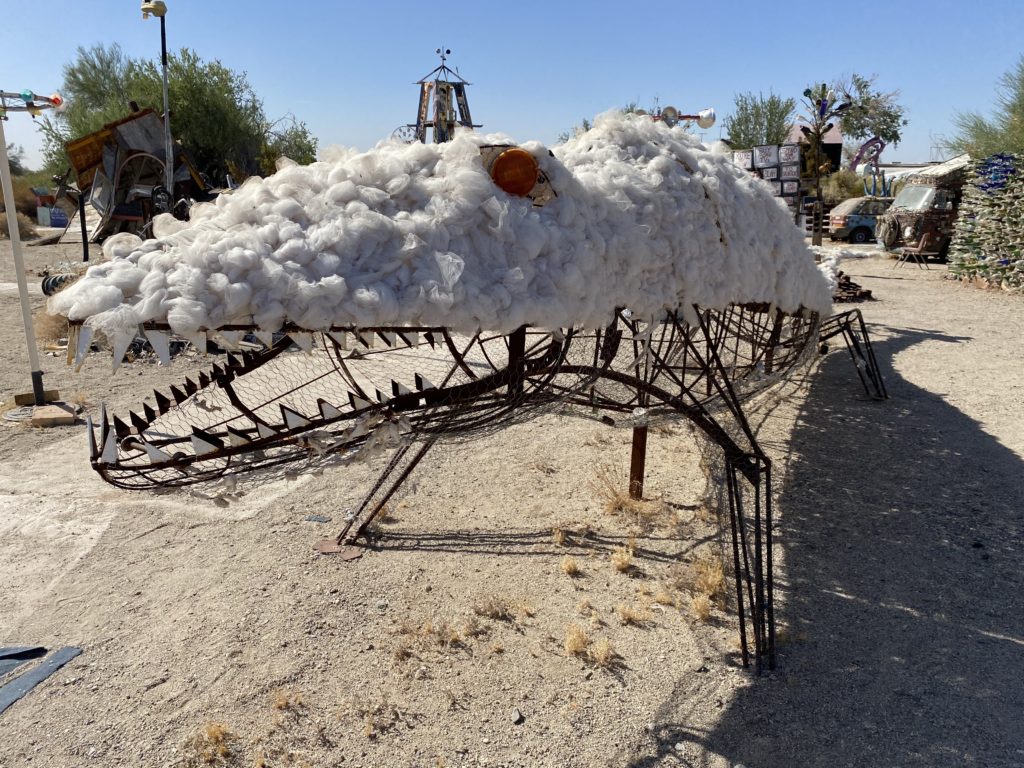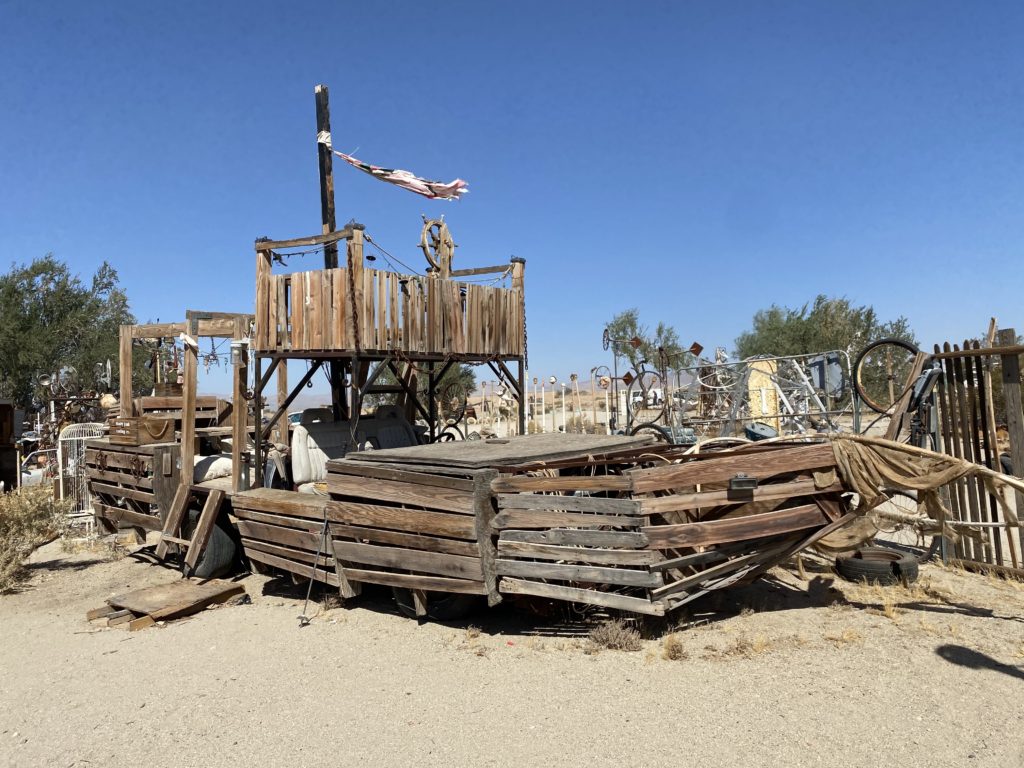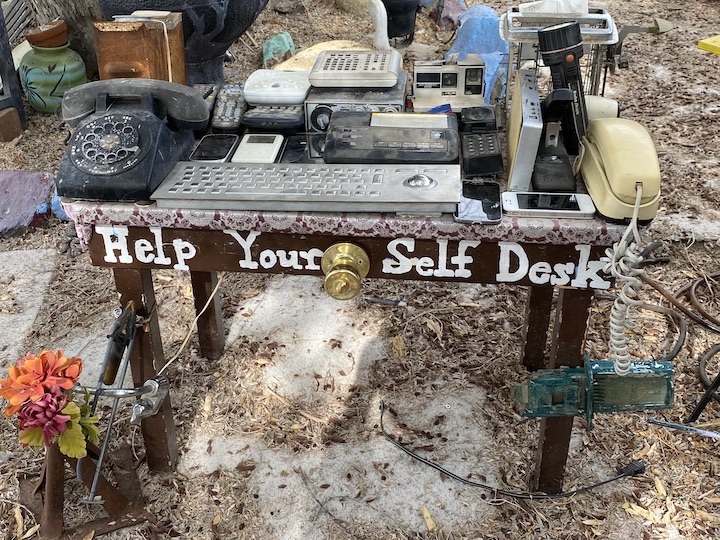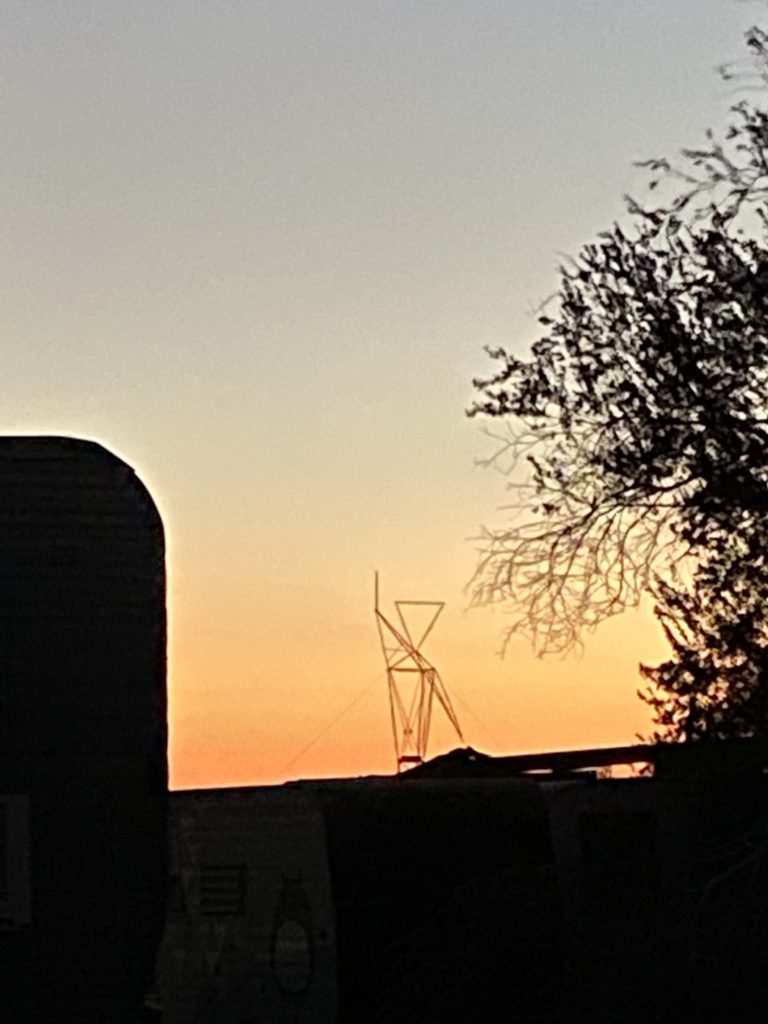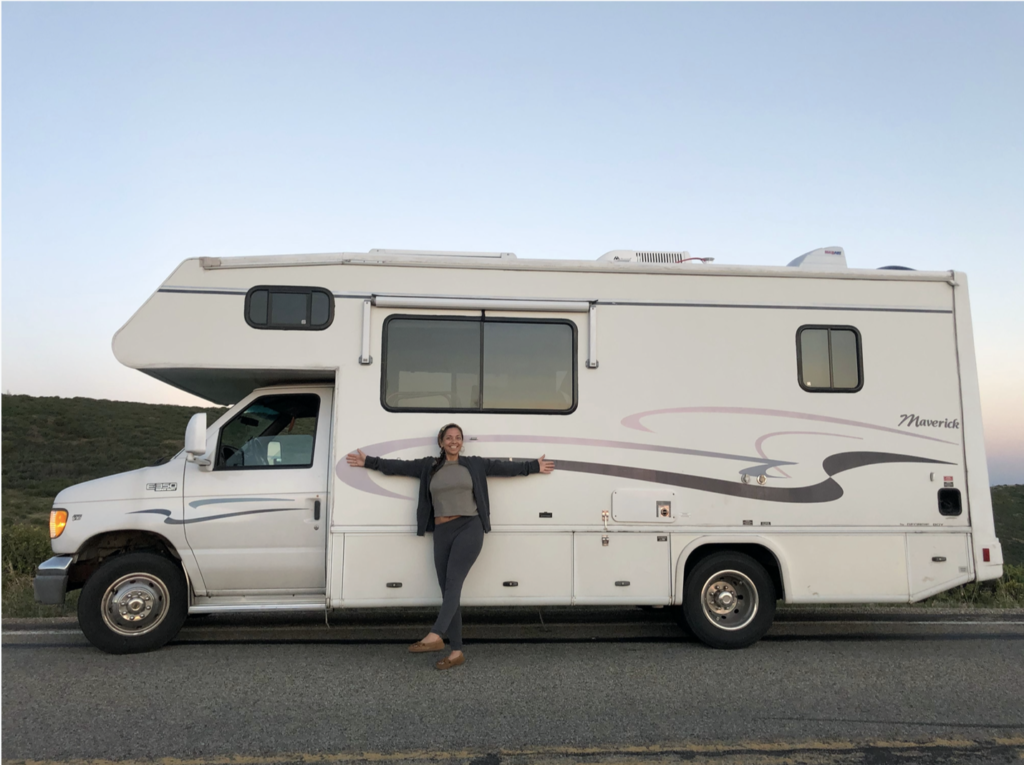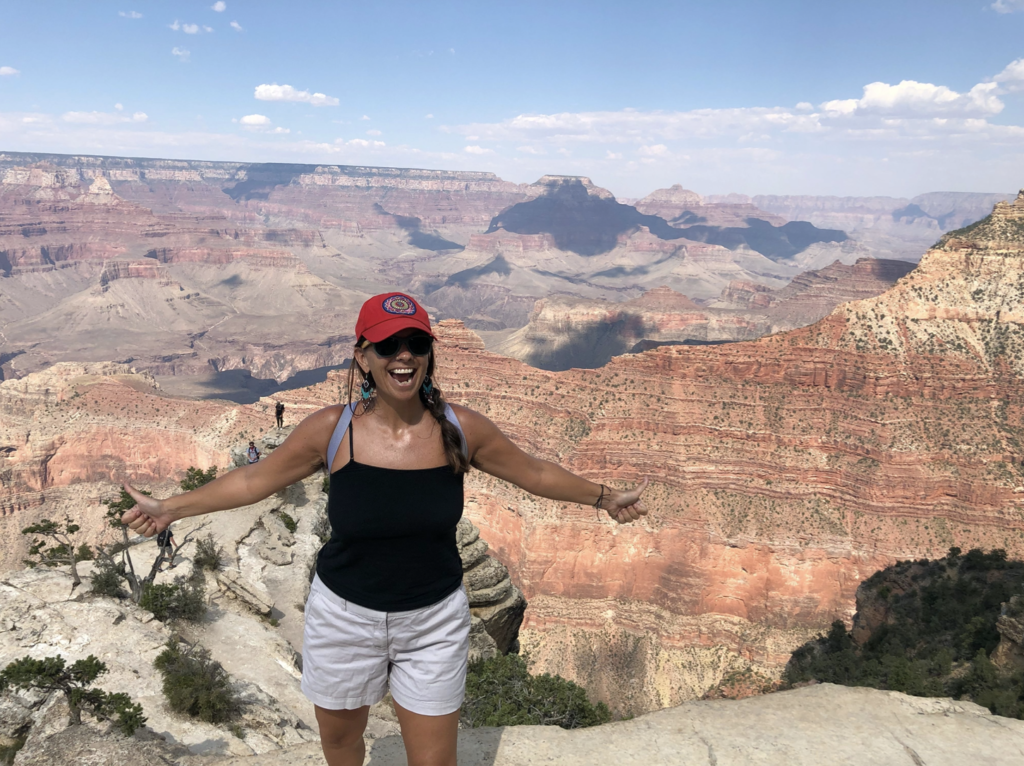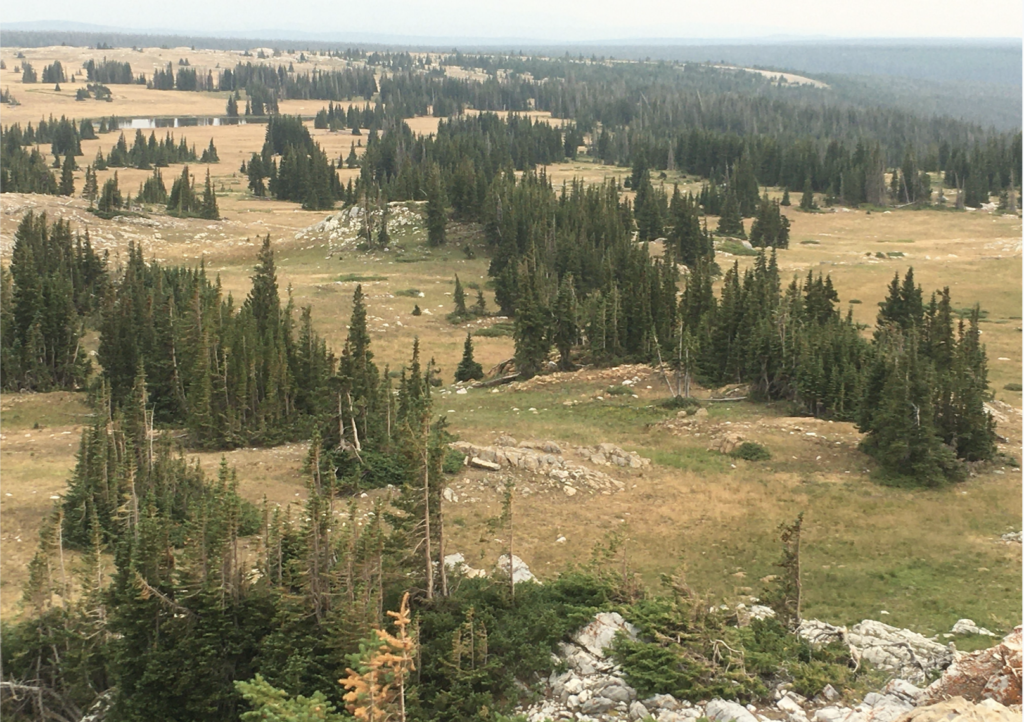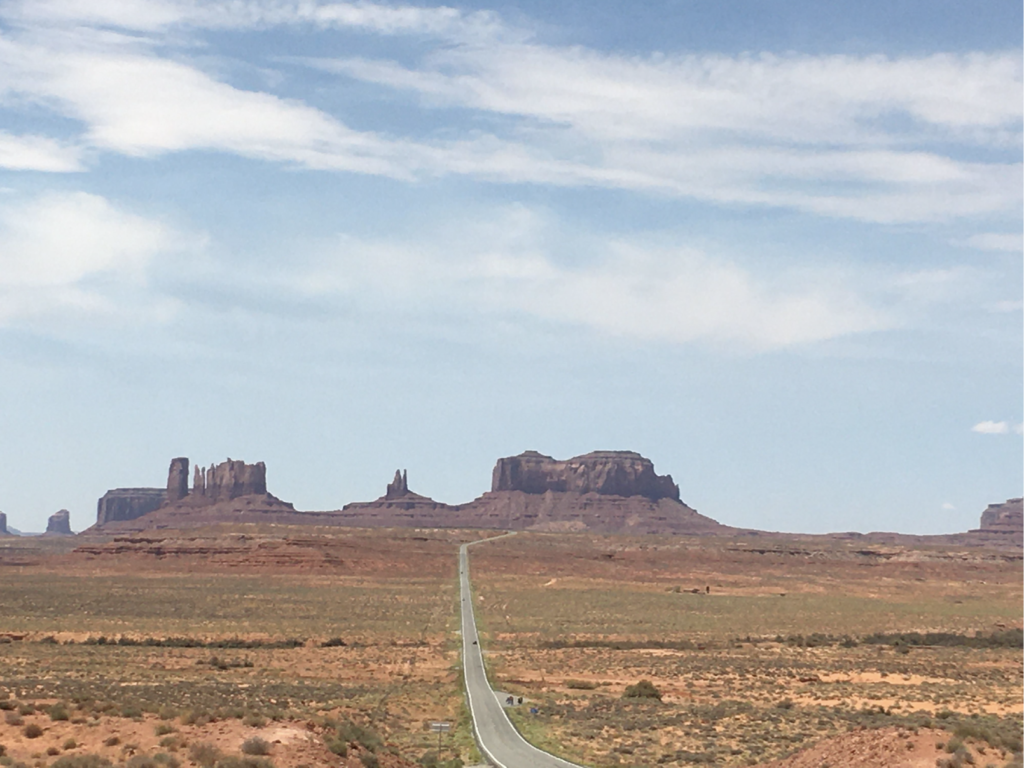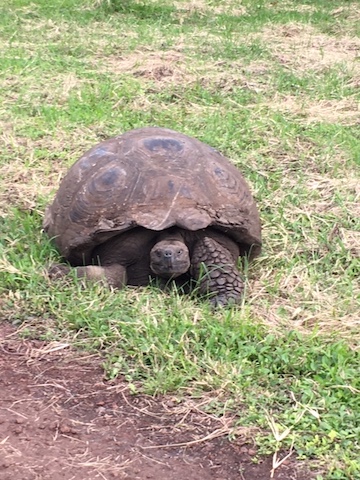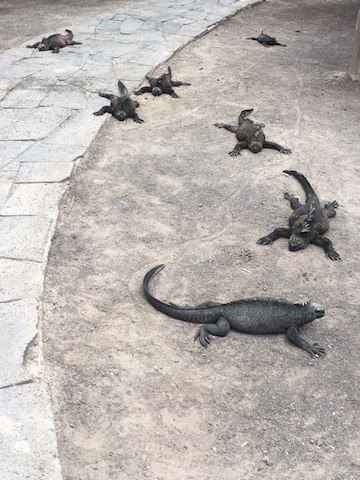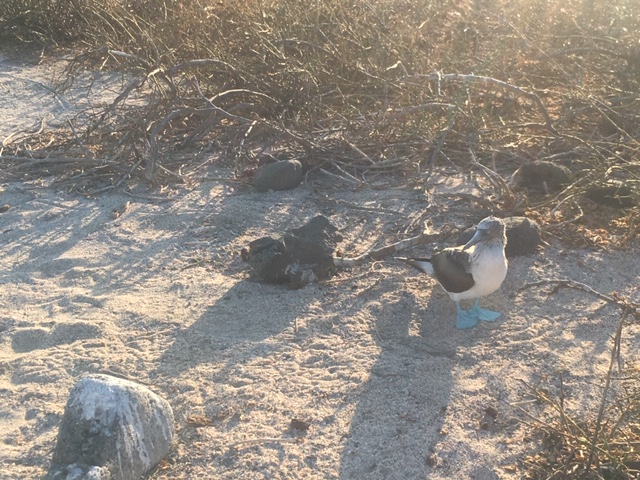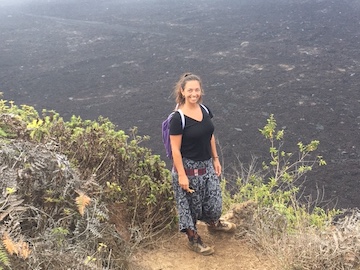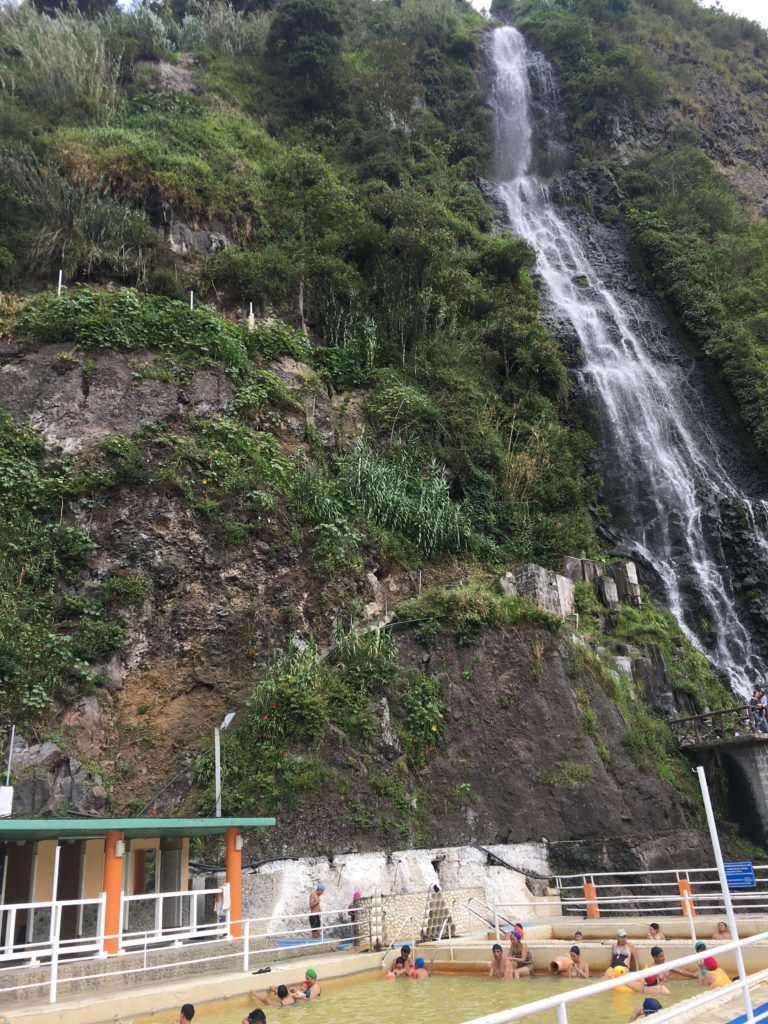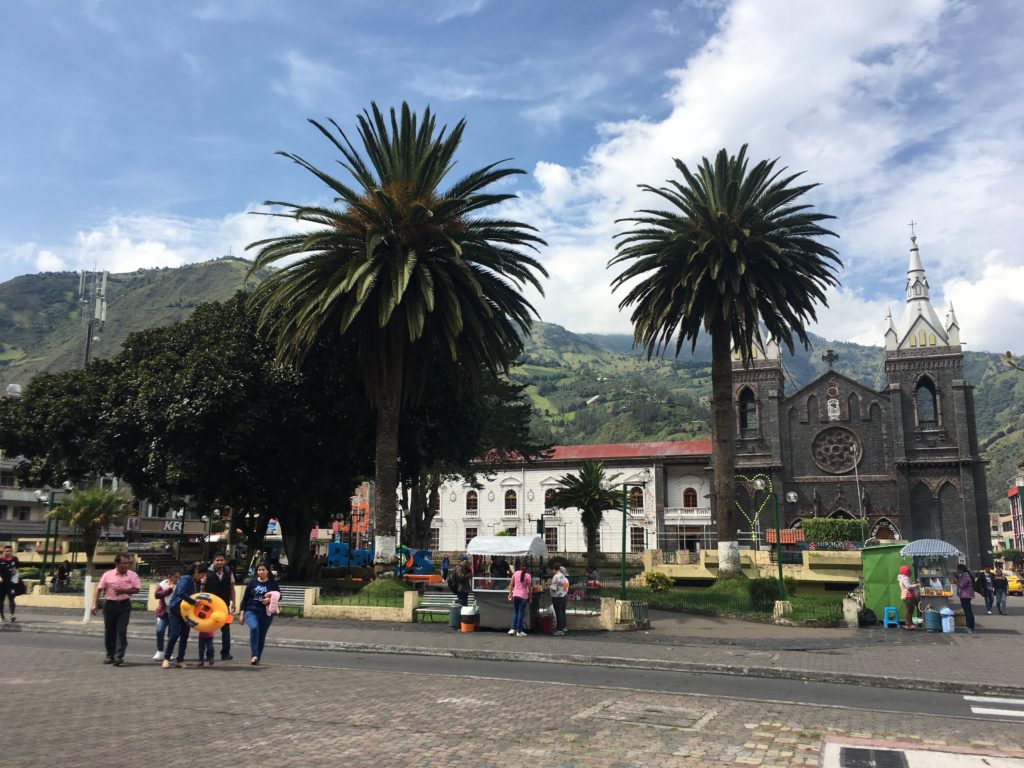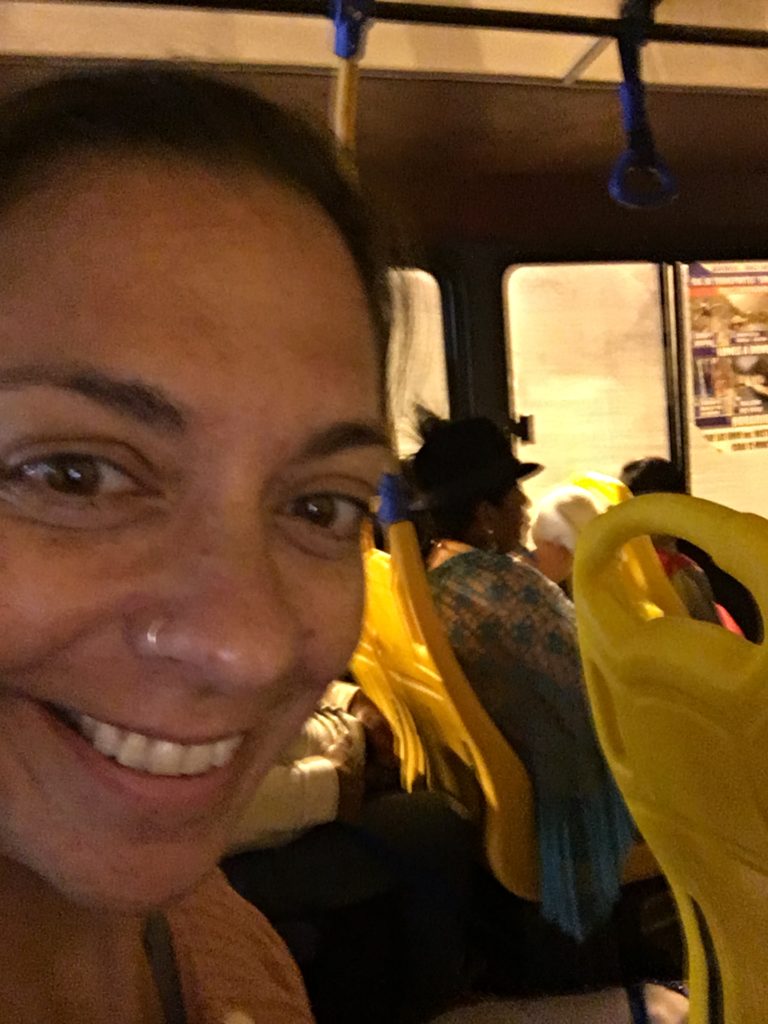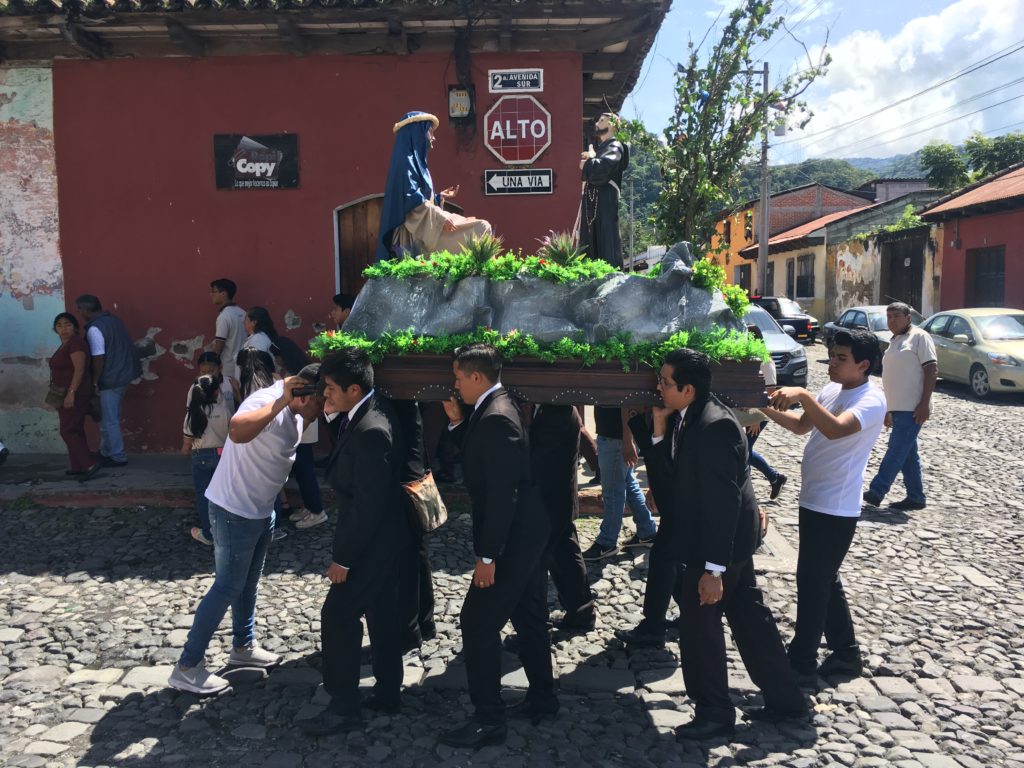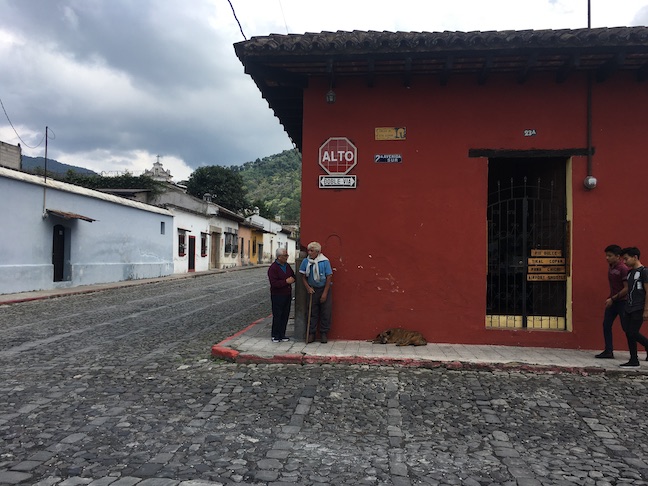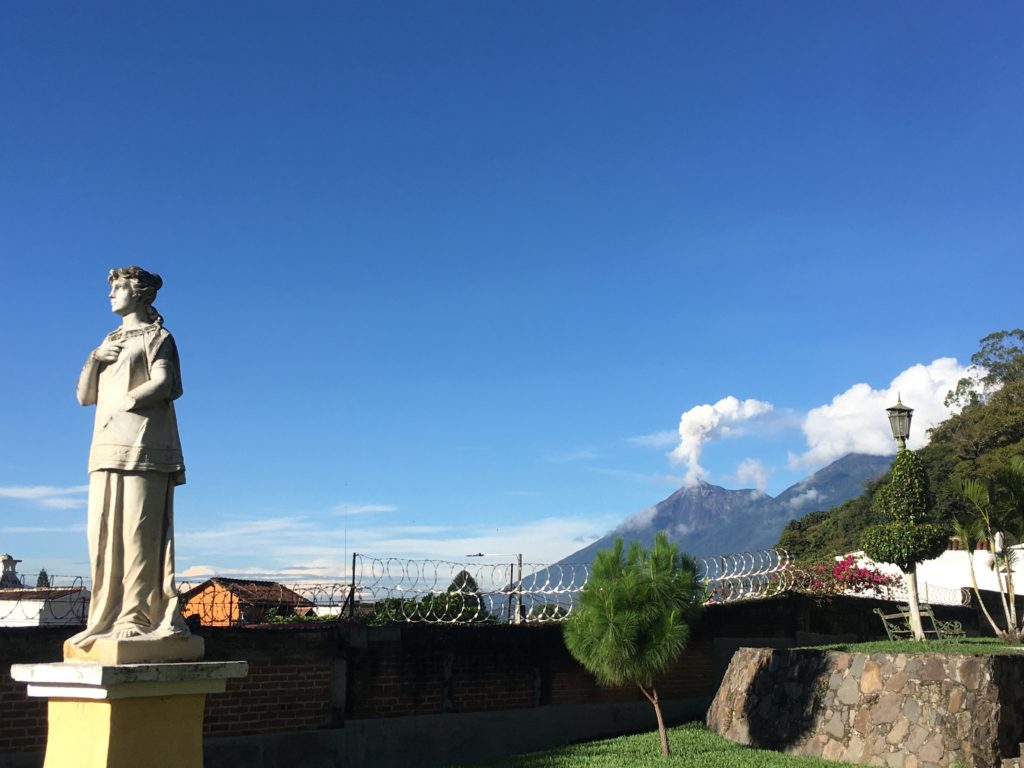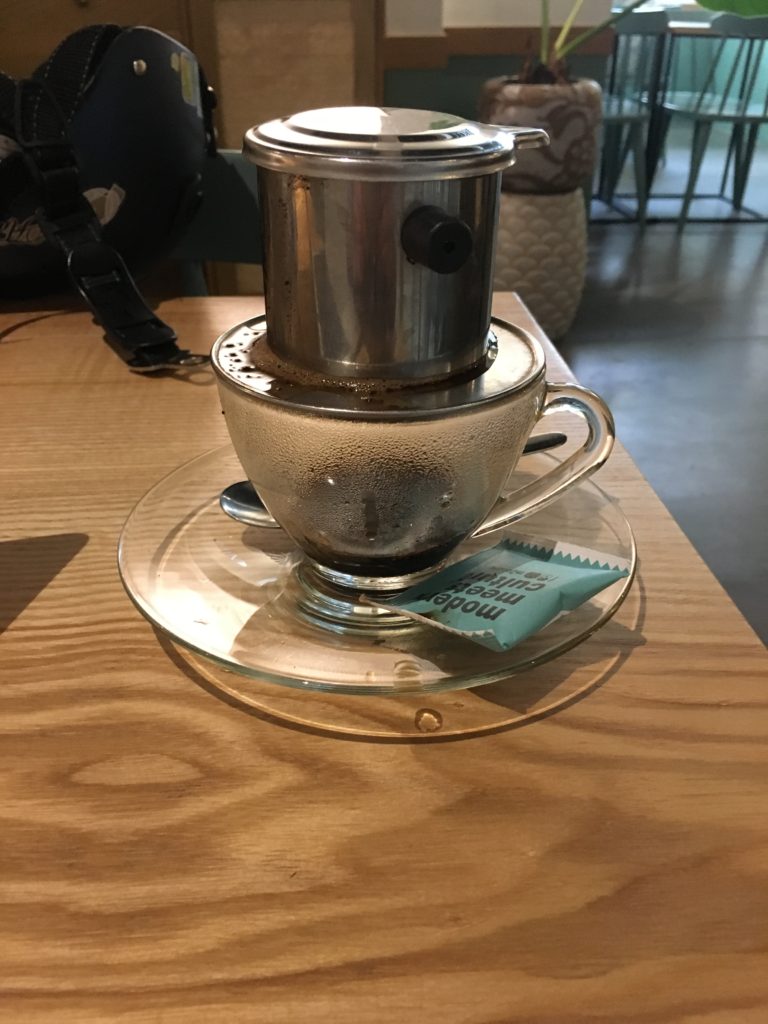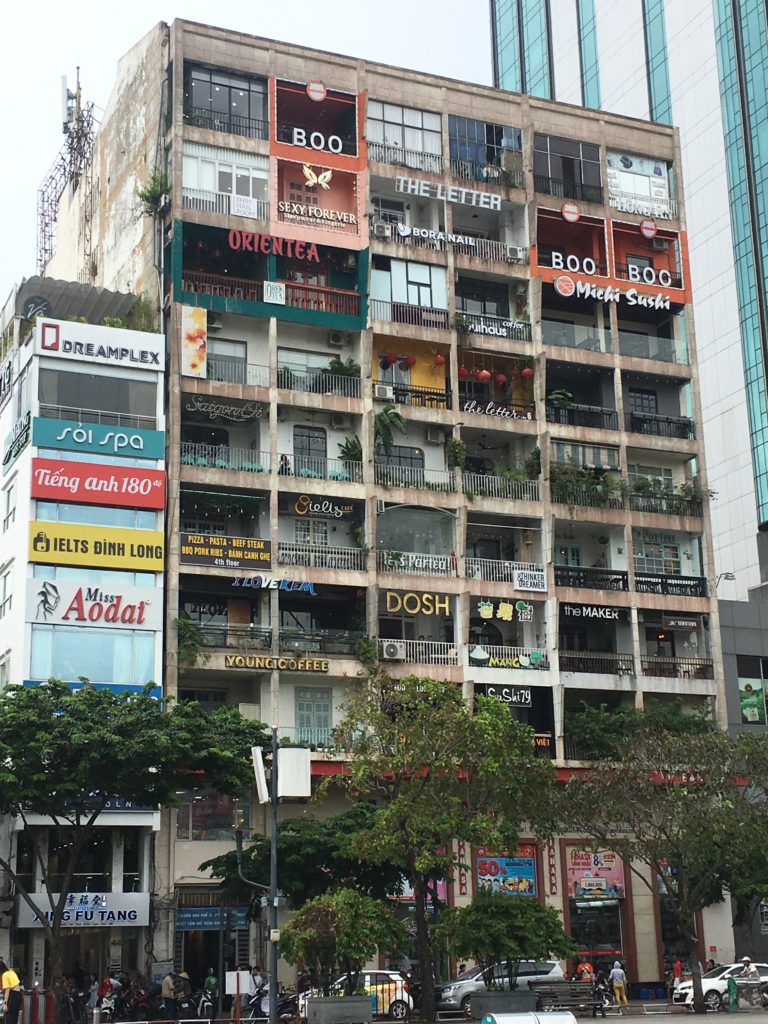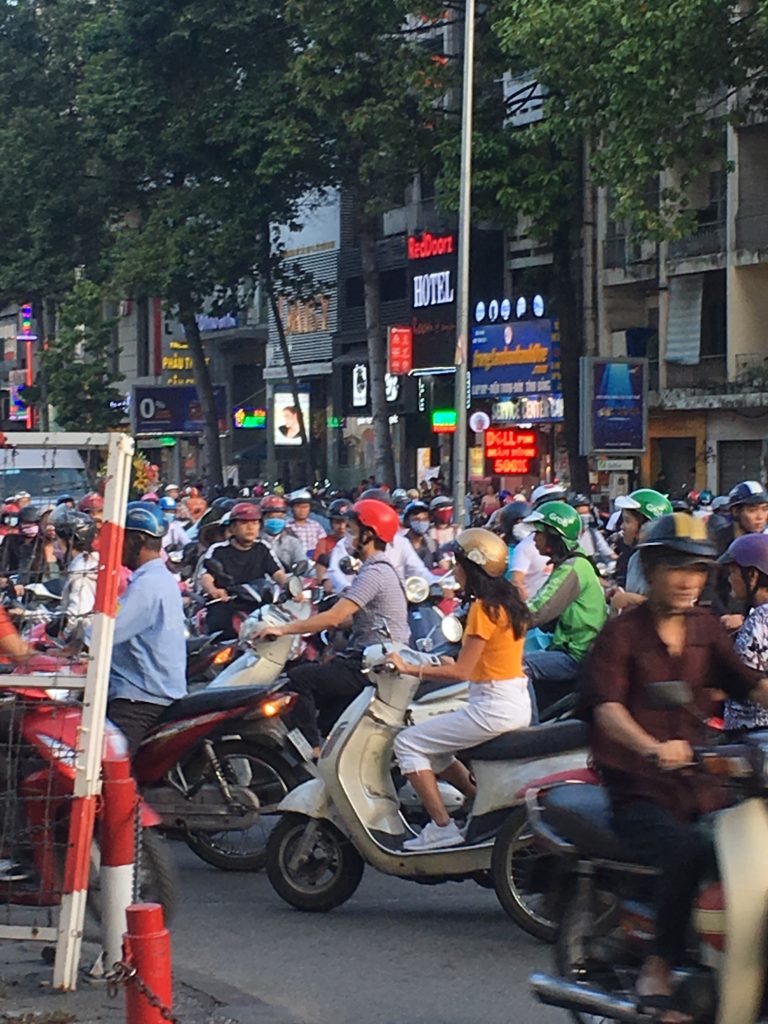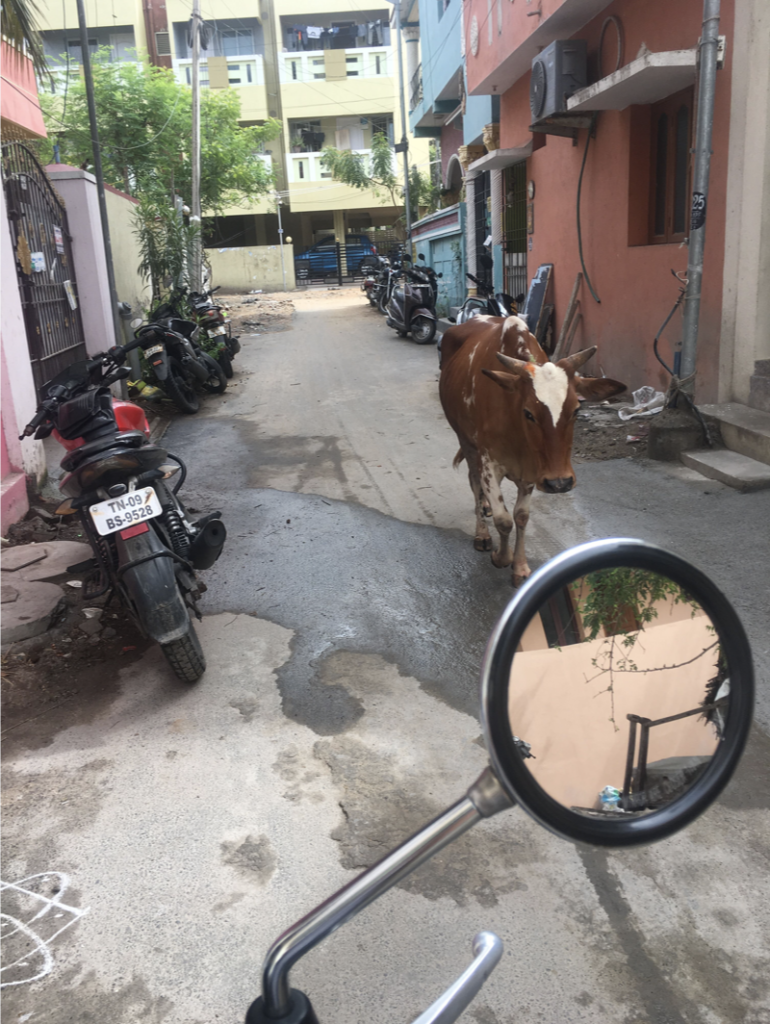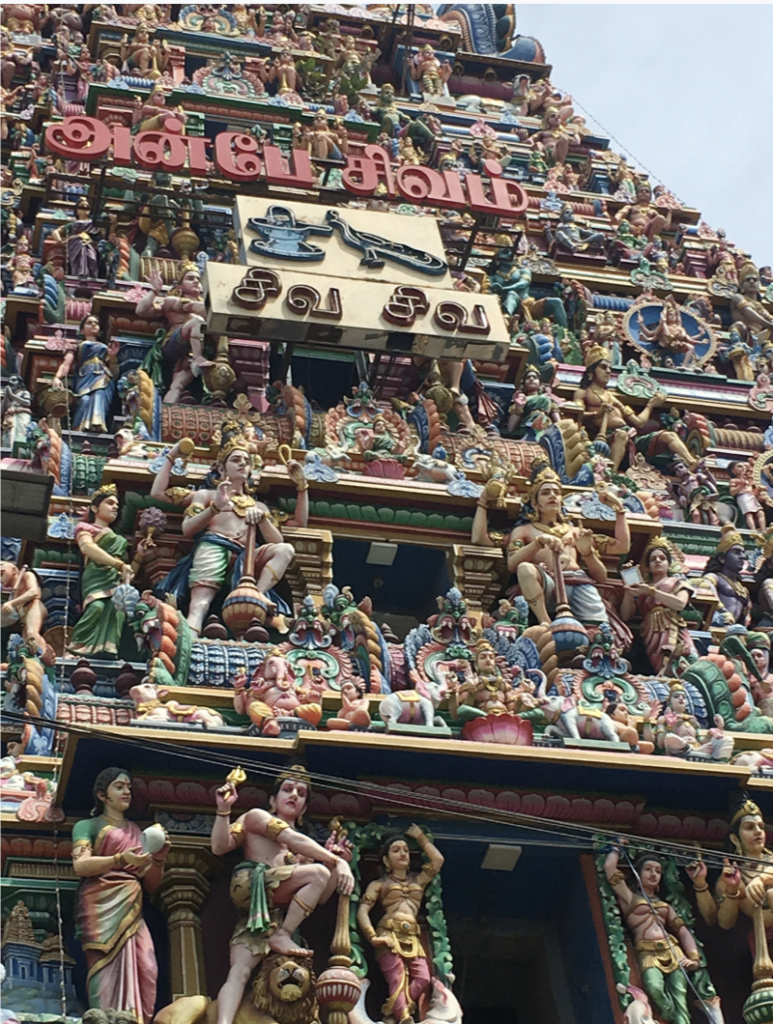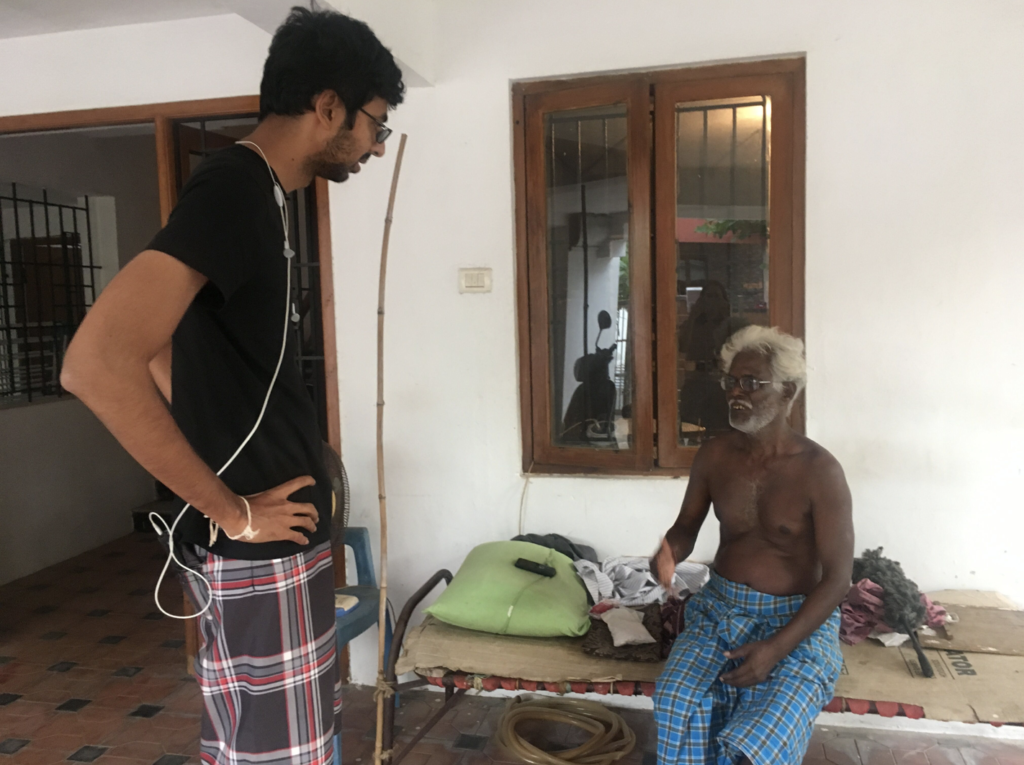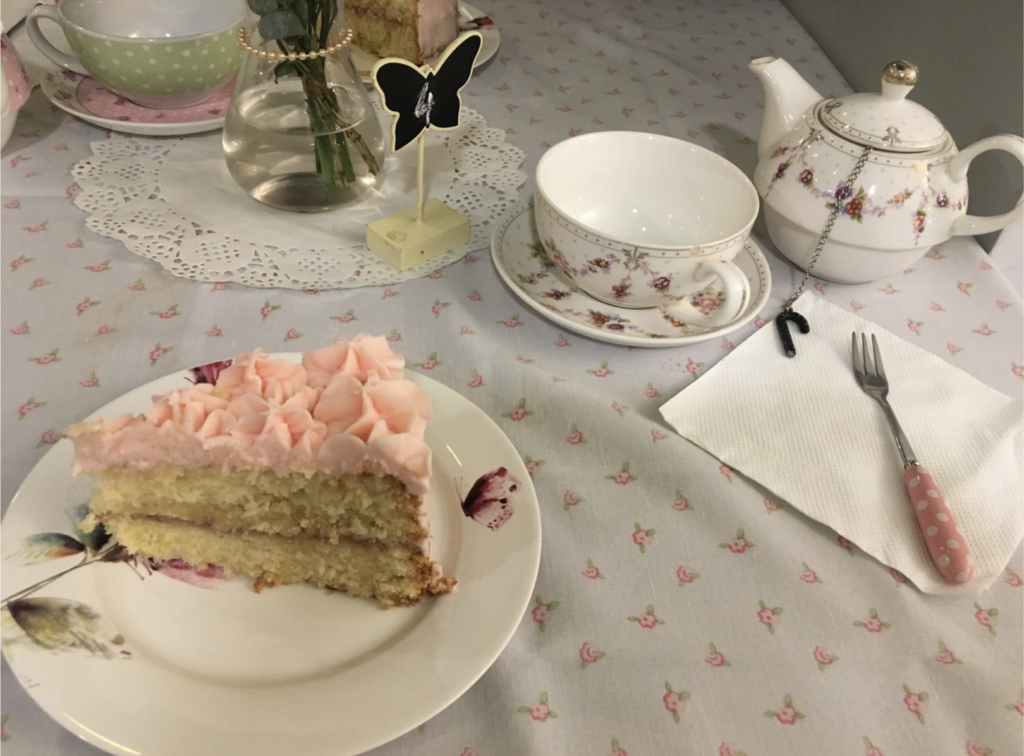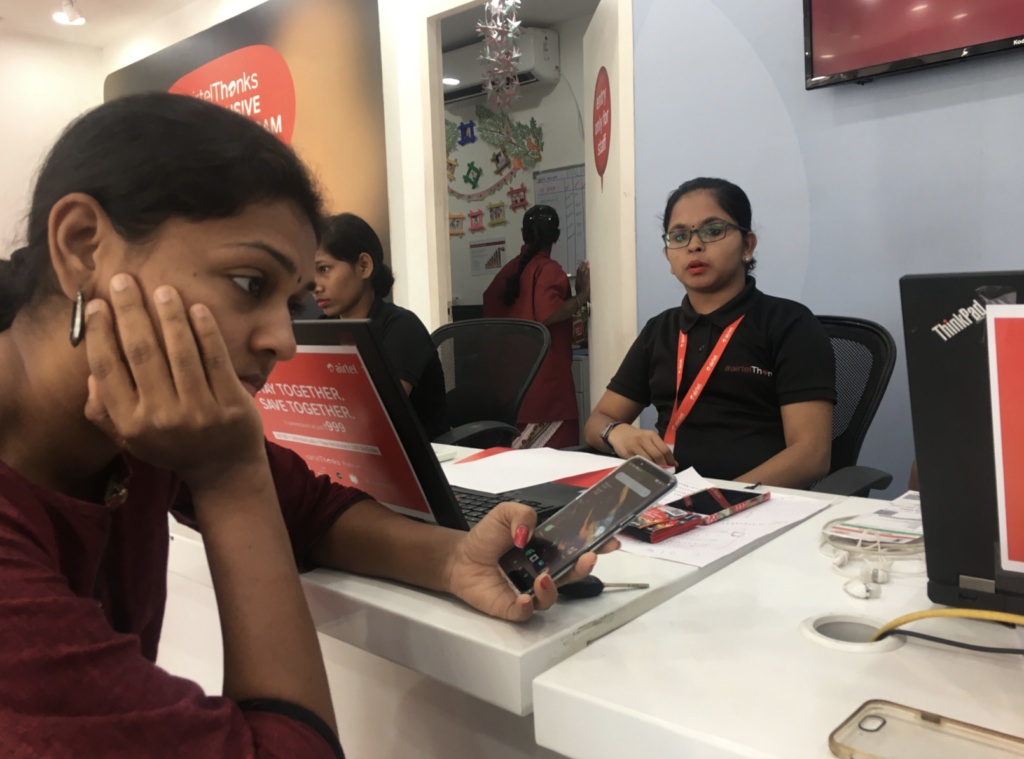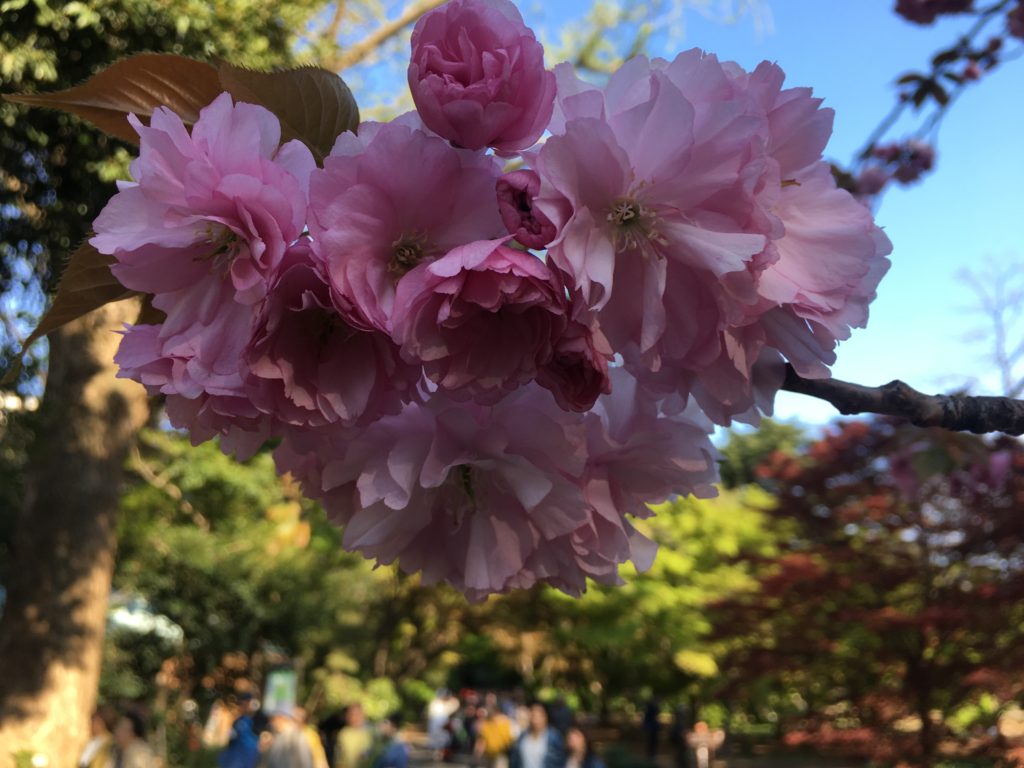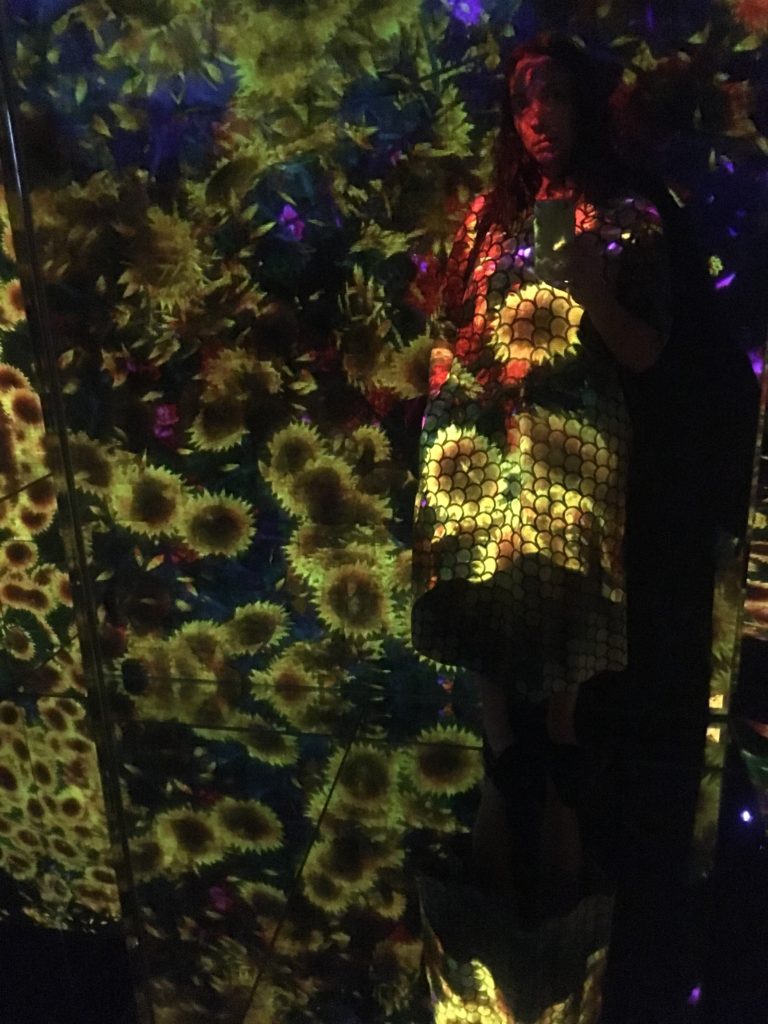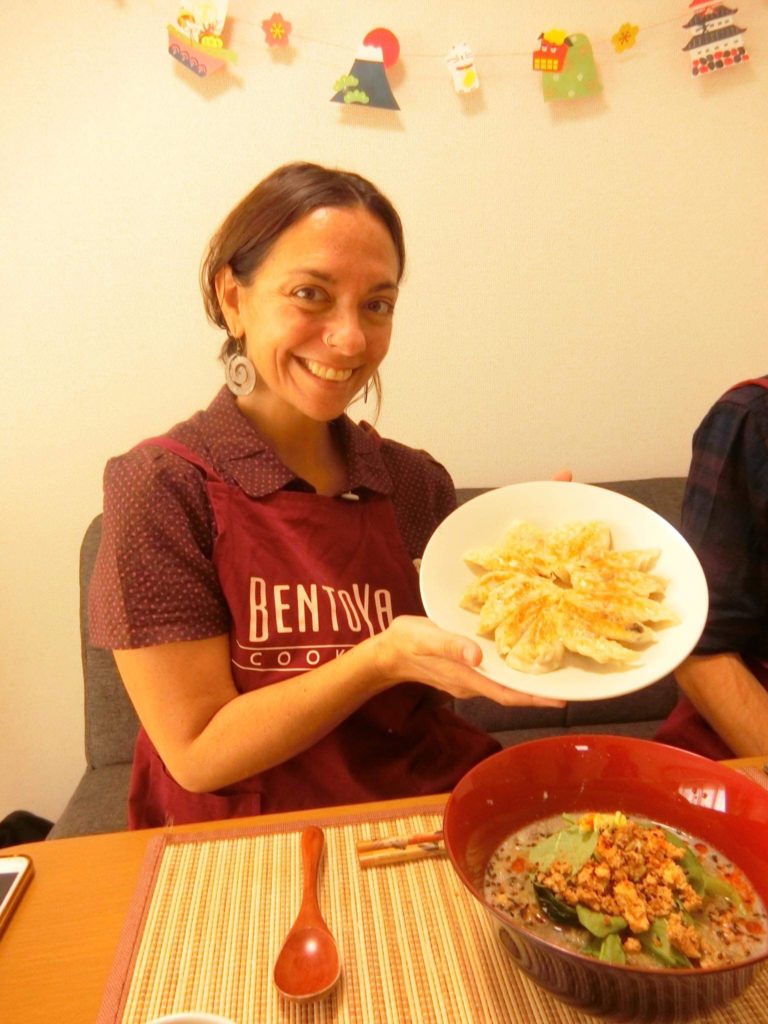I FEEL YOU, BODY: HOW I GOT KICKED OUT OF VIPASSANA
https://thelovelightproject.com/wp-content/themes/osmosis/images/empty/thumbnail.jpg 150 150 lovelight lovelight https://secure.gravatar.com/avatar/eb60c2d79d4d740a86a4d6903b134c41?s=96&d=mm&r=gYou know how everyone tells you to “listen to your body”?
If you’re like me, that’s easier said than done. There are days I’m not sure I even know the language my body speaks. (Insert a fart joke here)
It’s so hard to understand, honor, and accept what’s best for your physical self, let alone your mental or emotional self. Aren’t we all socially conditioned to detach from our bodies yet care passionately about our image? Women’s magazines and Instagram influencers make me feel a certain way about my body, there’s just no getting around it.
I’m not alone. So many people I love have eating disorders, anxiety, and even just fears about getting older. Dreading birthdays isn’t just about not wanting wrinkles, gray hair, lumps, and pains. With age comes trauma. There’s no getting around that, either.
But I’ve been trying to feel my body. For decades, I’ve been practicing yoga, Reiki energy, and all receiving kinds of massage and body work. I fast regularly, and I eat vegetarian foods. I don’t drink alcohol anymore.
Then I completed a 10-day silent meditation Vipassana course. I didn’t get kicked out of the 10-day course. It was amazing. It is all about feeling your body, at depths I never knew possible.
I got kicked out of the one-day “refresher” course a few months later. They actually refused to let me participate. I have feelings about that, too.
Vipassana is a style of meditation popularized by S.N. Goenka, taught throughout the world in many different languages to thousands of people for decades. Years ago, I had come across it while traveling throughout Asia. I didn’t know too much about it. I just knew it was something I wanted to do. Everyone I’ve ever met who completed the course said it was transformational.
Now that I’ve done it, I totally agree.
I was first accepted to a course in Ontario, Canada in the beginning of June 2020. Of course, that was when the entire world was freaking out over COVID-19. I had recently purchased a solar-powered recreational vehicle, an RV. The plan was to drive it from Miami to Pennsylvania, to visit my parents, and then onward into Canada. Unfortunately, Canada closed its border — technically the first of two times I was denied an in-depth Vipassana experience.

Instead, I roamed around North America, took lots of hikes, and social-distanced myself in beautiful forests and desserts. I applied online to other 10-day Vipassana courses, but nothing lined up with my travels and timeline. Eventually, I sold that RV and moved to Europe. I was finally accepted to the course in Suffolk, United Kingdom in August 2023. I scheduled a cat-sitting gig in London and booked a plane ticket.
I knew the Vipassana experience was going to be intense, but I felt ready. In July, my meditation experience was a steady 20-minute sit every day. Sometimes I would practice one-pointed focus by myself. Other times I would meditate along with a group I belong to on Facebook called the Shakti Love Warriors. Those meditations could be guided with ambient music or quiet. I was meditating more than most people I knew.
And yet, like so many times in my life, I had no idea what I was getting into. An email from the Vipassana centre told me where to go, what time to arrive, and to bring a set of bed sheets and an alarm clock. I bought both items on the streets around the Grand Bazaar in Istanbul and had them with me in my pack.

The course was held in the classic old English countryside. Moss grew in the cracks of brick buildings with windows overlooking natural ponds. I slept in the women’s dorm in a bunk bed in a room with five other female bunks. We ate in silence in a small dining hall. The men who participated ate in an area of the dining hall separated mostly by a wall. I never saw their dorm. There was no talking.
I was assigned the bottom bunk, for which I had extreme gratitude. The woman in the top bunk above mine was young in her early 20s from some Scandinavian country. She talked in her sleep restlessly, often waking me up. But early in the 10 days, she giggled in her sleep, cutely and mischievously like she was conspiring with classmates in her dreams. I was patient with the rest of her mumbling.
We deposited our cell phones with the course manager and began with a meditation in the great hall. We could use as many cushions and blankets as we wanted to get comfortable for the next 10 days. I took a large cushion and four small squishy brick-size cushions, plus two blankets, and settled into my assigned spot at the back along the aisle that separated the men from the ladies.
The daily schedule started at 4 a.m. Actually, my day always started five minutes earlier. I realized that if I set my alarm before the morning gong, I could jump in the shower before anyone else. I never had to wait for a morning shower, but often by the time I completed my fast shower there would be a line of sleepy women. I was clean, dressed, and ready for morning meditation by 4:20 every morning.
We would have group meditation in the hall from 4:30 to 6:30 a.m., then a hearty breakfast, then some free time before an 8 to 10:30 a.m. meditation. There would be a short break, then at it again until 12:30 p.m., when it was lunch time. After an always-delicious lunch was a short break, after which we would meditate again for two hours. There would be another break, then again, two hours of meditation. Then there would be time for fruit or lemon water, rather than dinner. After dinner was a meditation followed by a videotaped lecture by Goenka, followed by more meditation. Lights out arrived at 9:30 p.m.
It was 11.5 hours of seated meditation every day. No exercise besides some light walks around a small field where only ladies had access. No yoga, although I stretched and did some gentle yin. I also did handstands in between meditation sessions. Everyone took a vow of noble silence, so no one could say anything.
I made up nicknames in my head of everyone around me in the meditation hall. There was Clip, who sat in front of me for the first four days. She wore a clip in her hair. She couldn’t handle the meditation, I guess, and left early. I had an extra large space around me once her cushion was removed from the hall. Ghost sat behind me, so nicknamed because she sometimes beat me as the first one in the hall in the mornings and also because she was so quiet with her comings and goings. Poor Sniffles, to my right, was getting over a cold, but she was nothing compared to Cough-y (or Coffee, I never asked him), a man in the second row who was horribly sick with a cough. I would have gone home if I were Cough-y. I had a lot of gratitude for Ghost behind me and not Cough-y. Hat, who had many different hats but always a hat, sat next to Coughy-y on the man’s side. Beep was a man somewhere to my left who wore a watch with an hour chirp. That chirp only happened once before the course manager chastised him. But he’ll always be Beep to me.
At first, sitting for that long was physically grueling. I did not have anything majorly wrong with my body, beyond some natural stiffness, some knots in my shoulders, and sore hips every once in a while. But damn! Vipassana was no joke. I needed to put small brick cushions under my hands, two under my knees, and I was still having trouble keeping still. My foot kept falling asleep.
Three days in, they taught us the Vipassana technique. When I first learned to do it, my body was overcome with a sense of relaxation and well-being. But then I really started noticing all the sensations in my body. I was surprised to realize just how much energy was trapped in my body.
My arms ached. My legs ached. My shoulders ached. My God, I felt old! I was wondering why exactly I thought this whole 10-day silent meditation experience was such a good idea. I had little to do but follow the schedule and try my best not to fall asleep when I was supposed to be meditating.
The whole thing was run by a nonprofit, so I wasn’t paying anything. I couldn’t really have any expectations.
It was beautiful there in the English countryside. During meals, I liked to look out the window and watch the trees sway in the country breeze. After meals, I stopped by the garden to see the fat, fuzzy bumblebees floating near late summer flowers.

The course employed volunteers to cook and serve meals, so I didn’t have to worry about food at all. Breakfasts and lunches were always delicious and filling. I was used to fasting, so I was content with hot lemon water in the evening instead of a third meal.
I loved not having my phone around. I had no problem not talking to anyone. It actually was a relief to not make small talk or answer, “So, where ya from?” Besides, everyone looked miserable. I didn’t quite understand it. I mean, yeah, my body hurt but only really when I was sitting in meditation. It was actually strange: Once I got up, my arms and legs stopped aching. I loved taking peaceful walks around the property. In the mornings, I’d stop and admire the stars in the pre-dawn dark sky.
The days wore on. I hand-washed clothing just for something to do. One day, I tried to meditate outside near the pond — even though the strict rules clearly stated I could only meditate in the main hall or in my bedroom. Within minutes of closing my eyes, the course manager approached me and asked if everything were alright. When I replied that I was just meditating, I was instructed to go inside. I did, slightly annoyed.
My mind tried to avoid feeling the pain locked inside the body, but there were only so many nicknames, poems, and other distractions. I frequently emerged from the meditation hall in tears. But I have a strong practice of crying and letting emotion move through me. Since I had no relationship with anyone, I would sometimes dramatically and playfully throw myself on to the soft grass on the field outside the hall. This silly grounding, much like the handstand practice, made me smile and soon feel better. I could go back to smiling at the beautiful English countryside unveiling itself in front of me. I kept up with the schedule.
Then, something interesting happened during meditation: All the knots in my shoulders disappeared. I had been feeling those knots for years. I had gone to so many massage therapists. I knew one knot originated around the time a woman berated me unfairly at work. For a while, I owned a Theracane, and with it I could apply enough force into the knot to cry. But it never went away completely. After that meditation, it was gone. GONE! All of them!
It was on that seventh day when I finally figured out what Vipassana was all about: self-healing. I was healing myself with my mind. It was the ultimate mind-body connection.
I had the power to take what I learned about neuroplasticity and biohacking and reprogram my brain to stop feeling that unnecessary, stuck-energy pain. I barely needed my 3:55 a.m. alarm the next morning. I beat Ghost as the first in the meditation hall for the remaining days.
As a yoga teacher, I had a mental file of every pain and discomfort in my body. Now that the shoulder knots were taken care of, next up were these hips. I knew emotions were stored in the hips, but now I was feeling it. I was determined to confront the pain I locked away because it hurt too much at the time.
The Vipassana practice teaches you how to become aware of every sensation in the body while staying equanimous. That is, see the sensation but don’t create a drama around it. Just let it be. The result makes the sensation dissipate. I no longer required cushions and could sit still for hours.
My hips felt better. My shoulders felt better. The pain in my arms alleviated. My foot stopped going numb. It was amazing. I went body part to body part, really giving each a strong yet loving mental look. Some pain had no origins I knew of. I figured they were generational or from a past life. I acknowledged the sensation and allowed it to be seen. With that, I could feel the pain transmuting and lightening.
By the last day, when the 50 female participants were allowed to talk to each other, I felt buoyant. I was the last one out of the meditation hall when it was over. Even Ghost was gone.
For weeks afterward, I continued to practice Vipassana meditation for an hour each day. I found that my preferences for things naturally and dramatically diminished. I went to eat after the course ended: Did I want the rosemary and potato casserole or the spinach and cheese quiche? It really didn’t matter. I mean, does that kind of thing really matter? What does matter?
Here’s what does, according to the Vipassana organizers here in Spain: I didn’t give up my other practices, namely Reiki energy work. That was the reason I was denied when I tried to sign up for that one-day “refresher” course.
I have been attending weekly Vipassana group meditation practice, and I’m loving it. I am still feeling all these sensations in my body. Like, a lot.
If you’ve never felt sensations in your body, at this point you may think that I should take a trip to the mental hospital. The funny thing was, the person running the one-day course said exactly that when he explained that I would have to give up Reiki energy work, to which I’ve been attuned since 2003, if I ever wanted to do another Vipassana course.

“The concern is that you may have to go to the mental hospital,” the organizer said. “Goenka himself declared these two practices incompatible. I’ve personally had to deal with people who practice Reiki having to go to the mental hospital. We can’t put ourselves or you at that kind of risk.”
Well, okay. This is all about accepting things as they are, right?
At first it felt like rejection — after all, wasn’t Vipassana a tool for progressing spiritually so that I could eventually turn into a light being and connect permanently with the higher power and never have to reincarnate again and reach enlightenment? I’m all for that.
That stuff about a mental hospital, geez, that was a first. I was always proud of my stable mental health. (Insert fart joke here). And yet … I was really feeling overwhelmed with all my work deadlines, finishing up the work needed to publish my first major travel memoir, and trying to get fit while learning Spanish and making new friends in a new place. Maybe a weekend getaway in the mental hospital wouldn’t be that bad. Would they serve meals as nice as the Vipassana retreat in the UK? I bet the bed wouldn’t be a bunk bed. It really didn’t sound that bad.
But, no, I have a cozy bed in my own apartment, thanks. I make my own yummy food. I know there are many different paths, and I’m walking my own. I’ve learned that when my mind is at peace, my body is pain-free.
I still meditate every day. I still practice Reiki. I’m still not in the mental hospital — at least, not at the time of publication!

